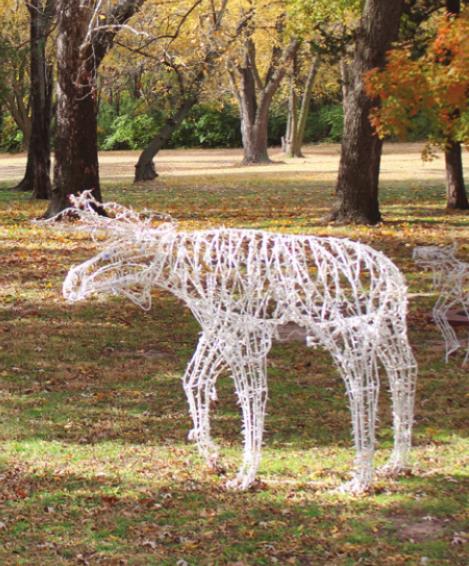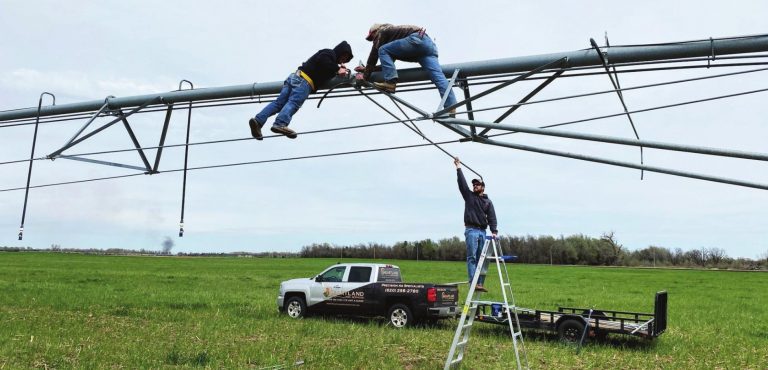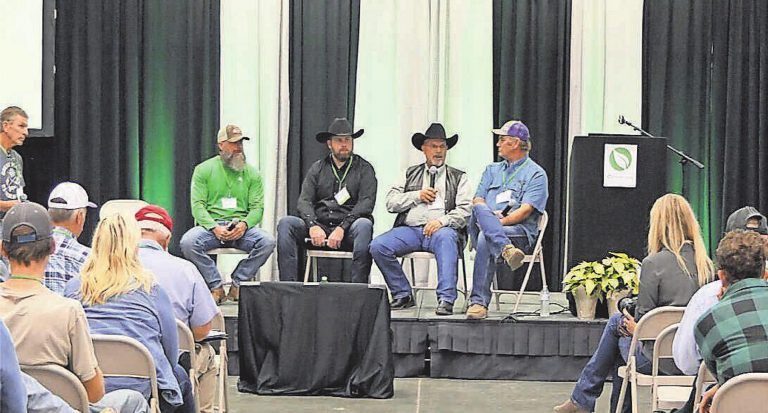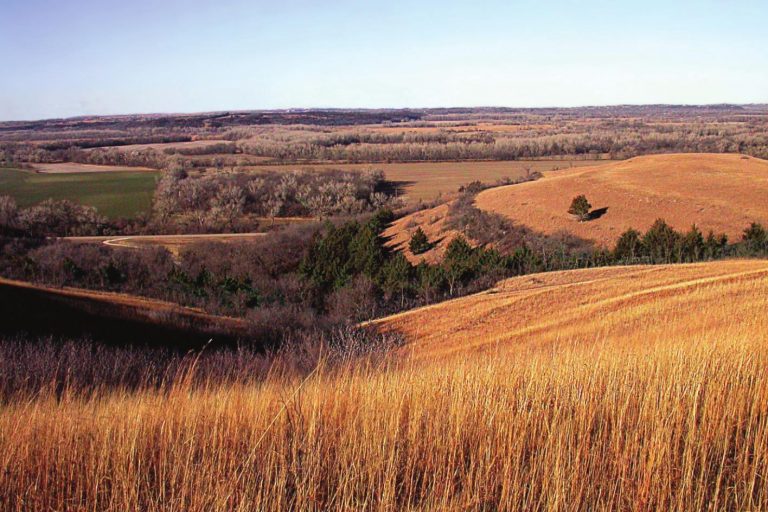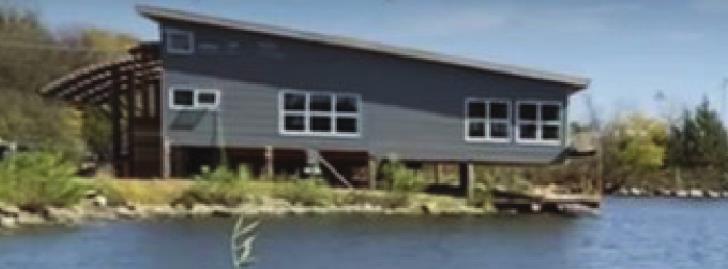Controlling Volunteer Trees Though trees are a vital part of our landscapes, there are situations where volunteer trees need to be controlled. This is often a case of the wrong plant in the wrong place. If the tree is still small and a desirable species, you may want to consider transplanting in the spring. If it is not, active control measures would be in order. Most, but not all, trees resprout after cutting. Cutting those that don't resprout is an effective control method. For example, eastern redcedar is a very common species that will not resprout after cutting. Those that do resprout include Siberian elm, hackberry, Osage orange (hedgeball), oak, ash, aspen, cottonwood, maple, sycamore, willow and many more. These trees will either need to be dug out or the cut stump treated with herbicide after cutting. Note that when we say volunteer trees, we mean those that come from seed rather than suckers that originate from the roots of an existing tree. The recommendations given in the remainder of

